It doesn’t matter what genre you make. Keeping listeners interested is essential in all genres. Contrast is the most important tool you have at your disposal in keeping people hooked. People are always looking for patterns, breaking up those patterns will be unexpected and thus interesting. Music is supposed to ebb and flow. Let’s talk about a form of contrast called tension & release today.
“Clear skies follow storms”
We can’t have the good things in life without the ugly parts. The same is true with music. In part 6 we’ve talked about consonance and dissonance. You can’t have one without the other. There are various tools you can use to create tension and release.
Muting Parts
A very simple arrangement technique is to occasionally turn off or ‘mute’ some instruments to create interest. A good example is found in house music where the kick is dropped out for a couple of bars before returning in its full glory a few seconds later.
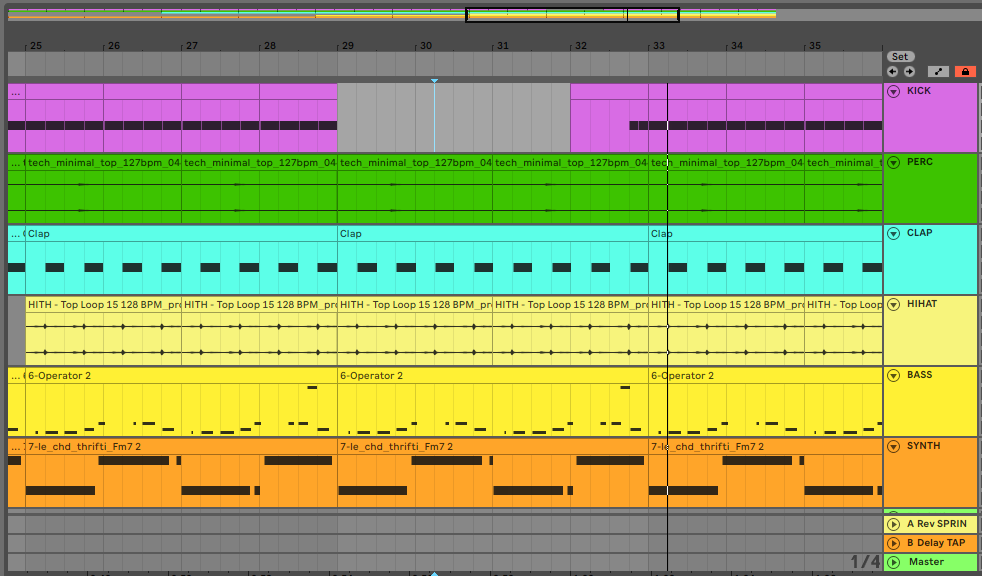
A lot of breakdowns in electronic music just drop out all the drum tracks entirely. This sudden change from full-on drum beats to no drums at all is a huge contrast. We then slowly add the drums back in during the breakdown and the build-up section until we release all tension in the drop.
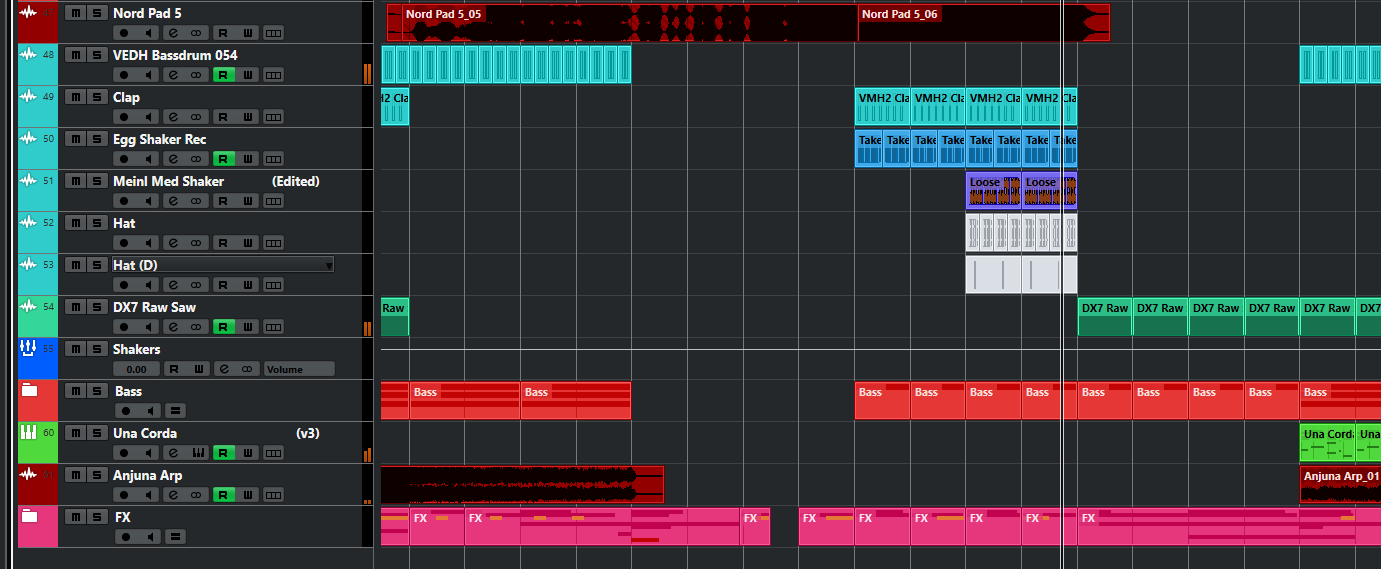
Tonal balance
The difference between low and high frequencies is another form of contrast. Lots of music producers automate the low pass filter cutoff frequency to remove high frequencies at the start of a breakdown section. They then gradually introduce high frequencies until right before the drop, when they reduce the cutoff to a normal level again. This creates a sense of opening up the sound.
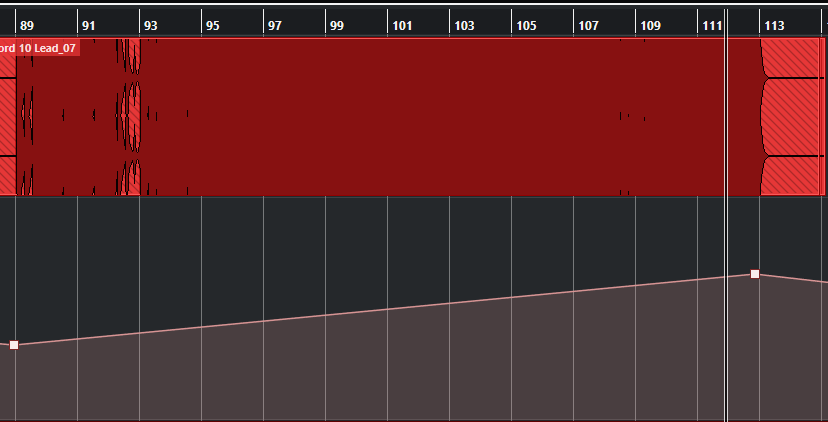
The same is true in reverse by using a high pass filter on drums for example. A technique found in house music by removing all low frequencies for a couple of bars before kicking into full power again.
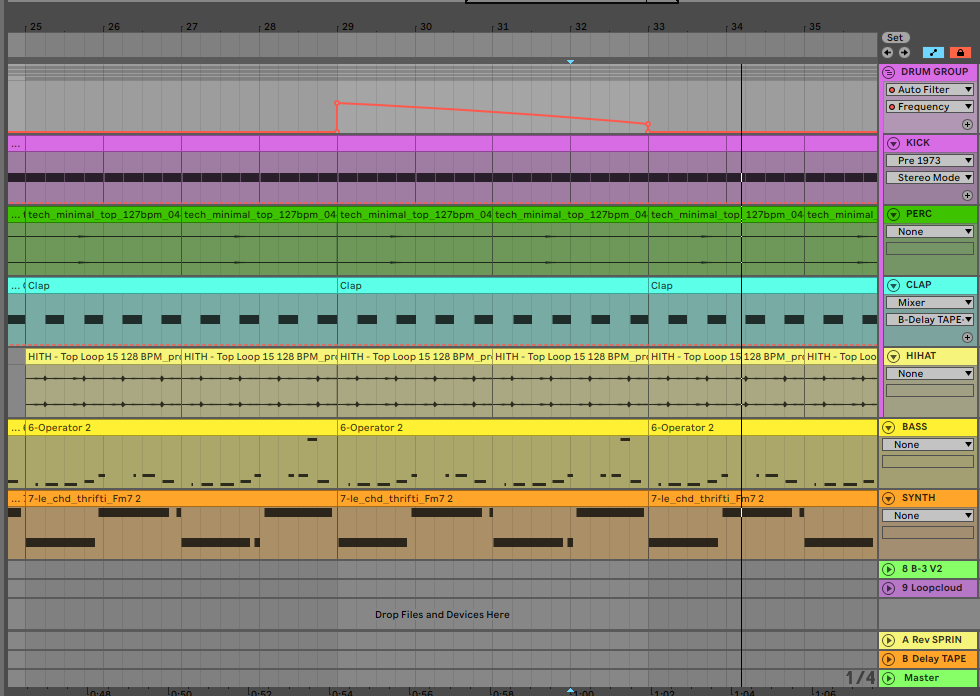
Width
A technique found in rock and pop music is to deliberately use a narrow stereo field in the verses while opening up the stereo field completely in the chorus. You can even go as far as having a completely mono mix in the verse while switching to stereo in the chorus. But also switching from single guitar recordings to hard-panned and double-tracked guitars can be a good way to add width in the chorus.
Consonance and Dissonance
A very common technique in film music is to create clusters of notes with lots of dissonant intervals such as minor seconds and tritones. This contrast between off-sounding notes which release into perfect notes is another form of contrast.
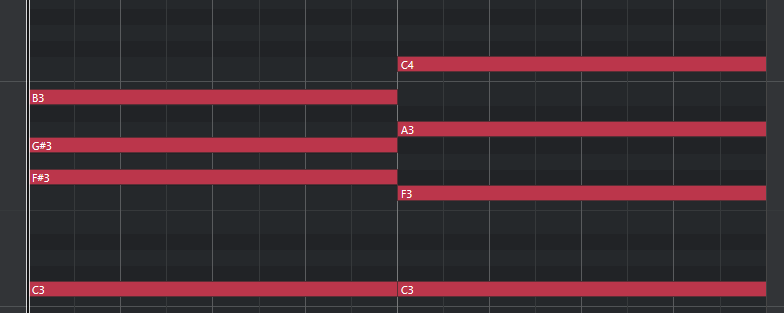
An example from EDM music is the rising tone that spans multiple octaves during the build-up section. Because the tone rises smoothly in pitch it passes both consonant and dissonant notes, while moving from a low to high octave. This creates a lot of tension and a sense of urgency.
Note Density
A simple way to create contrast is to increase note density. One example is the snare buildup you will find in EDM. A snare pattern playing quarter notes is doubled to 8th notes which are later doubled again to play 16th notes ending with 32nd notes. This is an obvious way to state that something big is going to happen.

The same can be said for Trap hi-hats which continuously alter between 8th, 16th 32nd and triplet notes.

Spaciousness
How much space encapsulates your instruments? Do you have a lead singer sitting in a giant hall or in a small room? Different reverb types can make a sound small or big. By automating reverb send levels you can open up a sound a little, or wash it out entirely. This is a popular effect used in house music all the time.
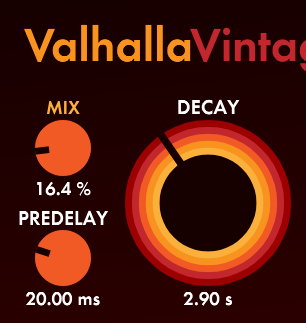
Filtering out some low end on the drums and bass while at the same time gradually increasing the reverb send level, you emulate the sound moving away into a large space. When the sound is at its biggest point just before the drop you mute the reverb send and turn off the filter instantly transitioning from far away to in your face.
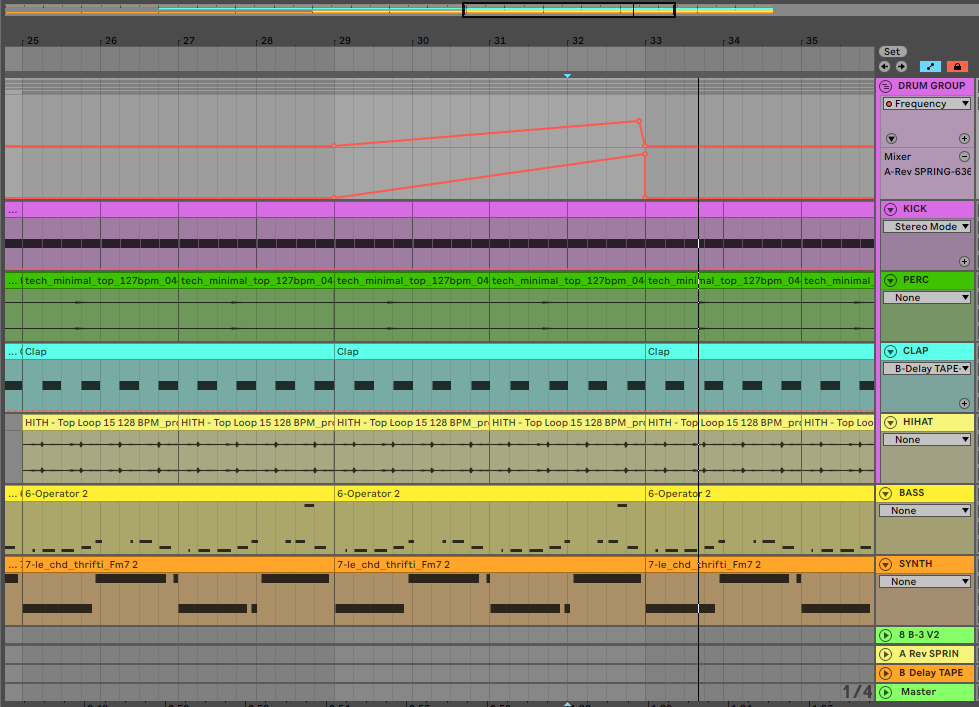
Dynamics
The difference between soft and loud, that’s what dynamics is all about. Dynamics are used on a macro level between song sections such as the difference in loudness between drop and breakdown. But dynamics is also useful on a micro level such as the velocity differences between notes.
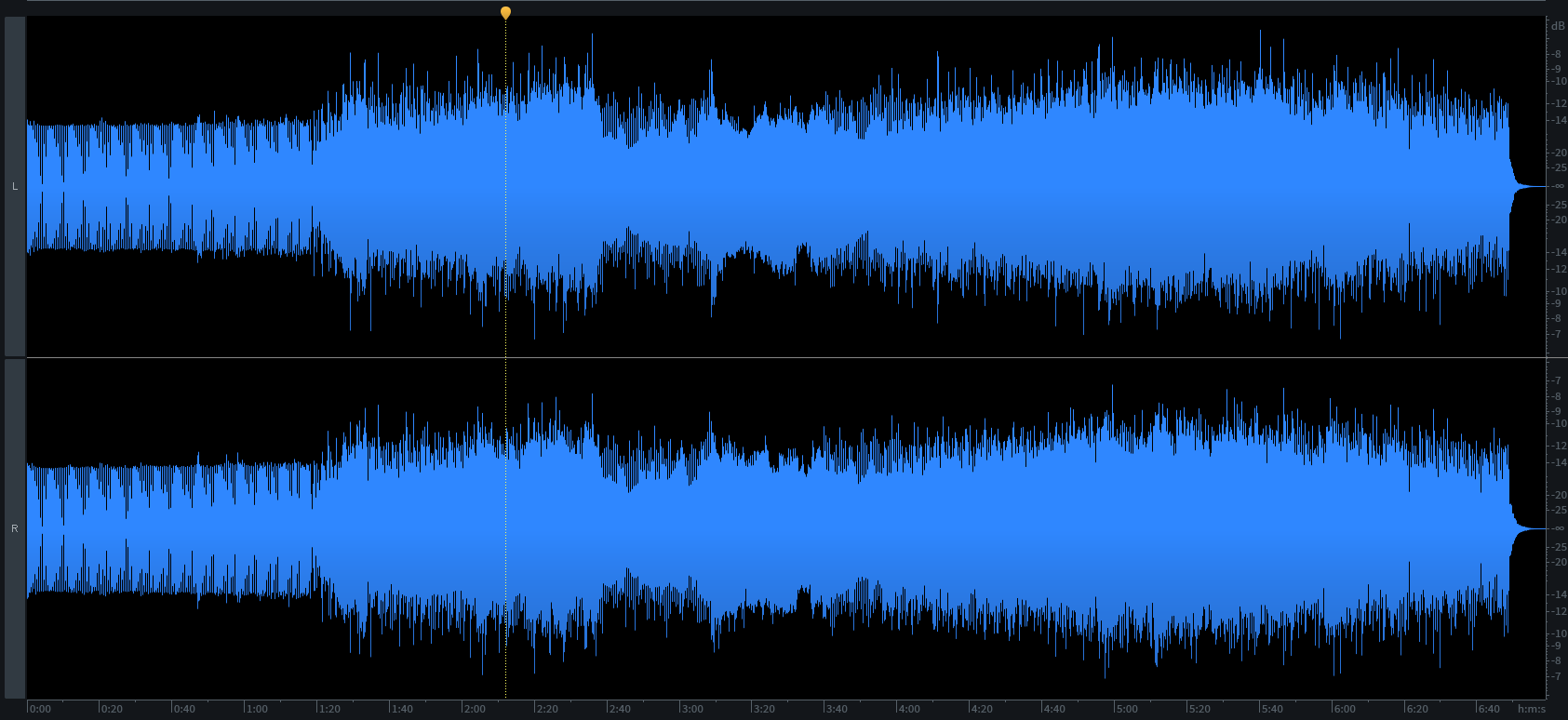
Electronic music hasn’t got much dynamics naturally because of it’s use of samples and synthesizers. That doesn’t mean electronic music can’t be dynamic, but you have to put some effort into adding dynamics into the track.

Add velocity randomization, volume automation, and tremolo effects to increase the dynamic range of a track. Don’t overuse compression as this will flatten out the little dynamics that are left. Not everything in a mix needs to be perfectly balanced. A loud clap in comparison to soft hi-hats creates dynamics in the drum groove. A loud effect grabs your attention when used sparingly.
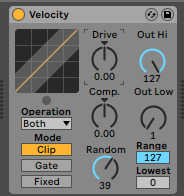
Aggressiveness
Some sounds are more aggressive than others. This is mainly caused by the number of harmonics in a sound. By adding distortion or saturation you increase the number of harmonics and therefore increase the aggressiveness of a sound. This is why heavy metal uses distorted guitars.
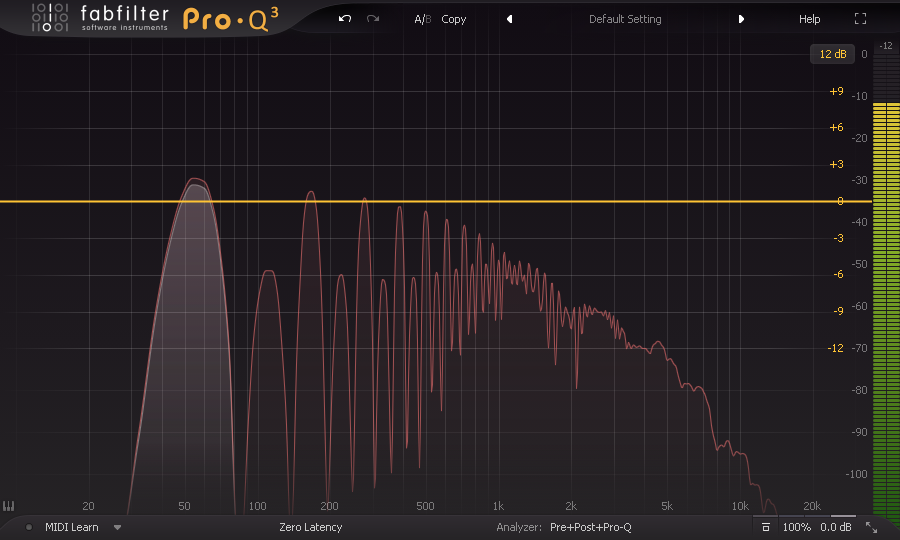
In contrast, a sine wave doesn’t have any harmonics at all and is the smoothest sound you’ll ever find. By adding distortion to some instruments while leaving others clean you will create advanced harmonic textures. It’s even possible to start out with a smooth sounding bassline and gradually introduce more distortion later in the song.
Tension without release
What about tension that is never released? This is actually pretty common in film music. You may hear a beautiful theme but just before you expect the final chord to resolve the tension of the chord before, the final chord never plays. This is like writing a sentence without a dot at the end
It’s actually called an open ending. And leaves the listener some room for interpretation. Another method that creates tension without release is a scale called the whole-tone scale. As the name implies, the whole-tone scale has intervals of only whole steps. This scale has only 5 notes and has no definite end or beginning.
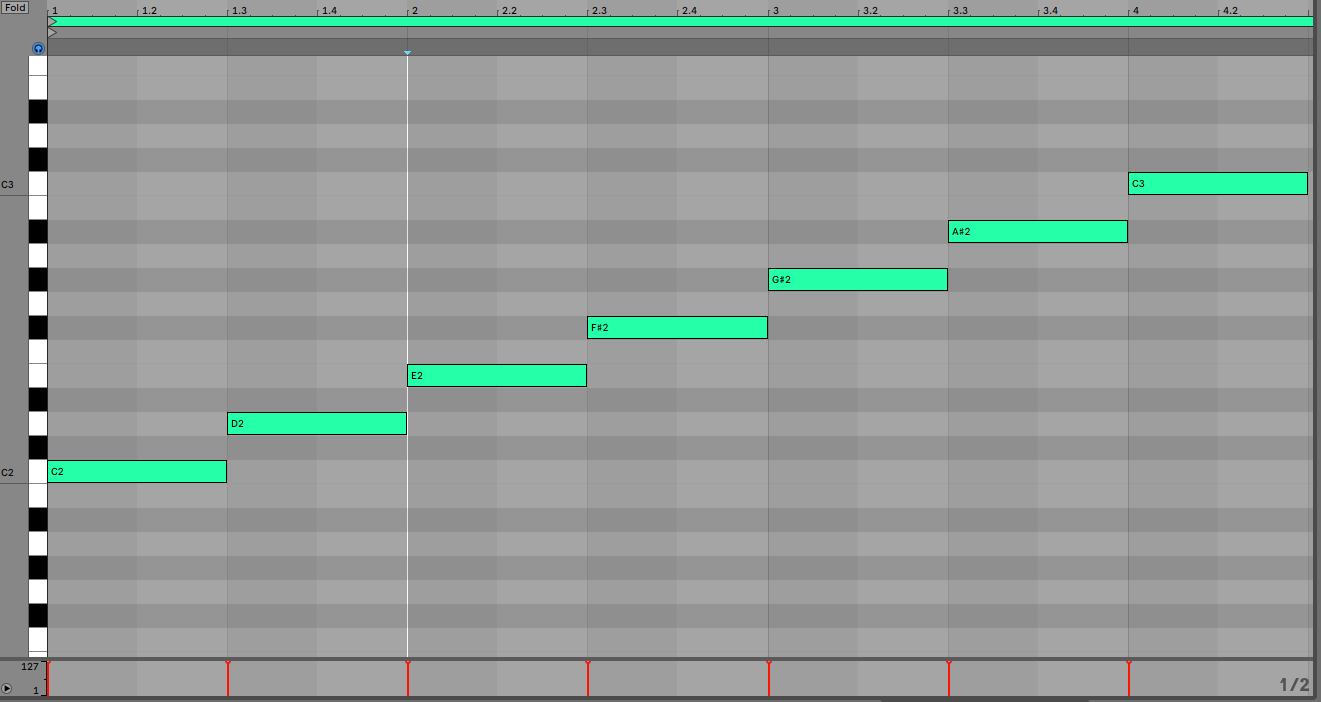
Another phenomenon with a cyclic nature is the Shepard tone. It’s a sound that consists of multiple octaves playing at the same time that rise or fall in pitch. Every time an octave goes below or above a specific frequency a new octave is created to create a perfect loop. This gives the illusion that the tone is rising or falling indefinitely.
Conclusion
Tension and release play an important role in keeping your listeners interested. Try the ideas listed above for yourself and come up with your own techniques to grab and hold your listener’s attention.











